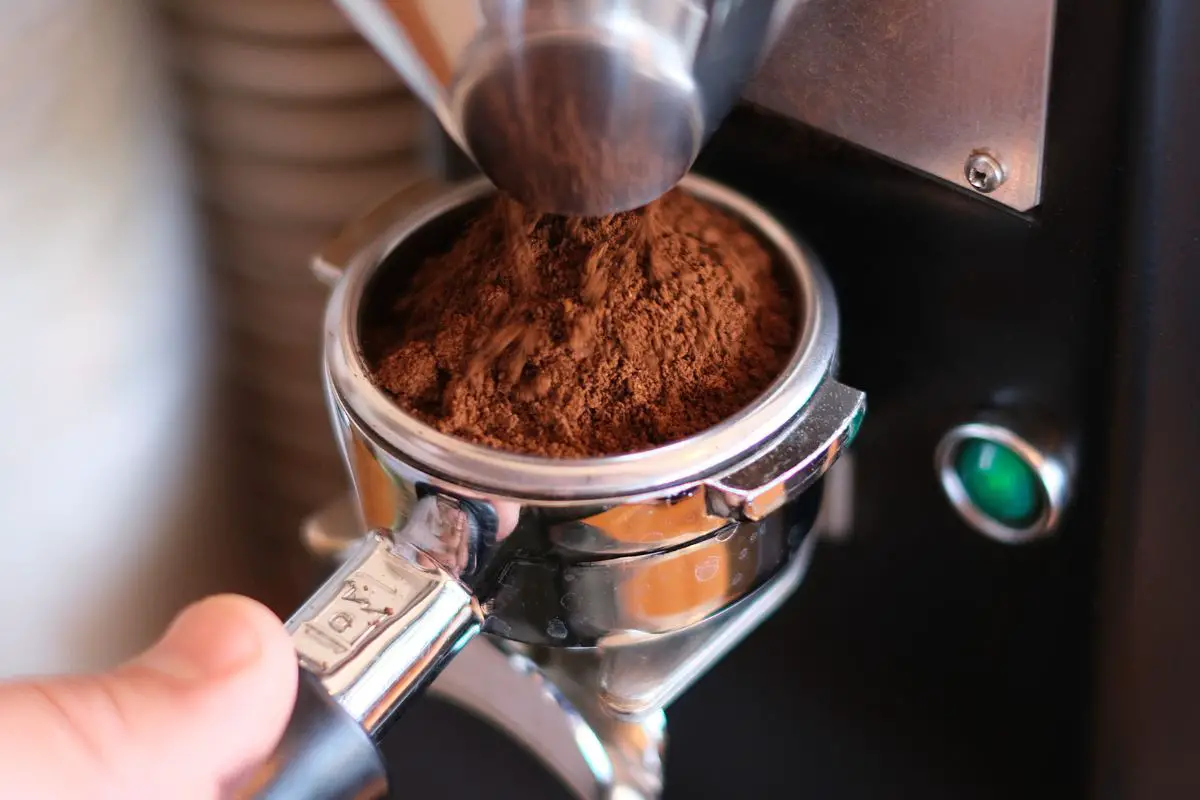There is a huge difference between a cup of sour brew and a mug of rich coffee. But why would one cup of coffee tastes sour or bitter whereas the next cup tastes rich? One of the main determinants of whether you will brew tasty or bad coffee is the grind size. But how does grind size affect coffee? Let’s find out in detail.

How Does Coffee Grind Size Affect Coffee?
Coffee beans can be ground into various grind sizes, from super fine to extra coarse grinds. The kind of grind size to use depends on several factors including the brewing method, personal preference, and brewing time. Thus, the size of your coffee grounds determines how you will prepare your coffee.
When brewing coffee, the final brew is affected by the speed at which water extract flavors from the ground coffee and the total brewing time. Essentially, coarser grounds have less surface area than finer grounds. Thus, coarser grounds allow for more rapid water flow through them. Consequently, they do not release flavor compounds quickly.
On the other hand, finer grounds have a larger surface area. As a result, they slow down water flow through them. Thus, the water gets more contact time with the grounds. Consequently, there is more extraction of coffee compounds from the coffee grounds.
With these facts in mind, it is recommended to use finer grounds for faster brewing methods and coarser grounds for slower brewing methods. If you continue brewing longer than necessary with finer grounds, your brew will taste bitter due to over-extraction. On the other hand, if brew for a shorter time than necessary with coarser grounds, your brew will taste sour due to under-extraction.
Best Grind Size for Different Brewing Methods
Coffee beans can be ground into different grind sizes including:
1. Extra Coarse Grind
An extra coarse grind is the largest coffee grind size you can use. It requires the longest brewing time. It is ideal for making cold brew, which takes at least 24 hours to brew perfectly. You can also use it to make cowboy coffee, which entails steeping ground coffee in boiling water.
2. Coarse Grind
The next coffee grind size is a coarse grind. Coarse coffee grounds are ideal for use in making French press coffee. Making coffee with a French press requires longer brewing time for maximum extraction of coffee compounds. Also, using coarse grinds ensures that the grinds will not pass through the mesh strainer that comes with the French press plunger.
3. Medium Coarse Grind
Sometimes, medium-coarse and coarse grinds are interchangeable for some brewing methods. For instance, you can use both grinds with a French press maker. However, if the medium-coarse grinds are uneven, some of them may pass through the metallic filter and end up in your cup of coffee. Medium coarse grinds are perfect for use with a percolator and for making drip coffee.
4. Medium Grind
Single-cup brewers often use a medium coffee grind size. The Aeropress (which brews coffee in 3 minutes) and siphon coffee makers also use a medium grind. Also, most pour-over coffee brewers work best with a medium coffee grind.
5. Medium-Fine Grind
You can use medium-fine and medium grinds interchangeably without any problem. For instance, you can use medium-fine grinds with an Aeropress. However, you will reduce the Aeropress brewing time to 2 minutes instead of the standard time of 3 minutes.
6. Fine Grind
A fine grind works perfectly with an espresso machine and Moka pot. You can also use a fine grind with an Aeropress, but reduce the brewing time to 1 minute.
7. Extra Fine Grind
An extra or super fine grind is ideal for making Turkish coffee. Brewing Turkish coffee involves boiling super fine grounds and water in a special pot known as a cezve. Boiling continues until the mixture forms a dark foam on top. You can also use extra fine coffee grounds to make espresso.
How Does Grind Size Affect Coffee Taste?
What would happen when you brew coffee with the wrong grind size? You will either experience over-extraction or under-extraction.
1. Over-Extraction
Over-extraction occurs when you brew coffee with fine grounds in longer brewing methods such as cold brew, French press, and cowboy coffee. What happens is that the water extracts excessive coffee flavor. As a result, your brew will taste bitter.
Unfortunately, it is not possible to reverse bitter coffee. Although you may add sugar or any other sweetener to balance the bitter taste, you will still experience a bitter aftertaste. You can only avoid ruining your next brew by using finer grounds for shorter brewing methods.
2. Under-Extraction
Under-extraction occurs when you use coarse coffee grounds with faster brewing methods. For instance, using coarse grinds in an espresso maker, Aeropress, or stove-top Moka pot will result in a sour brew. The reason is due to under-extraction of coffee compounds. Although you may try to correct sour coffee by adding in a stronger batch, the best way out is to use coarser grounds with slower brewing methods.